
- For PC
- For MAC
- For Linux
- OS: Windows 10 (64 bit)
- Processor: Dual-Core 2.2 GHz
- Memory: 4GB
- Video Card: DirectX 11 level video card: AMD Radeon 77XX / NVIDIA GeForce GTX 660. The minimum supported resolution for the game is 720p.
- Network: Broadband Internet connection
- Hard Drive: 23.1 GB (Minimal client)
- OS: Windows 10/11 (64 bit)
- Processor: Intel Core i5 or Ryzen 5 3600 and better
- Memory: 16 GB and more
- Video Card: DirectX 11 level video card or higher and drivers: Nvidia GeForce 1060 and higher, Radeon RX 570 and higher
- Network: Broadband Internet connection
- Hard Drive: 75.9 GB (Full client)
- OS: Mac OS Big Sur 11.0 or newer
- Processor: Core i5, minimum 2.2GHz (Intel Xeon is not supported)
- Memory: 6 GB
- Video Card: Intel Iris Pro 5200 (Mac), or analog from AMD/Nvidia for Mac. Minimum supported resolution for the game is 720p with Metal support.
- Network: Broadband Internet connection
- Hard Drive: 22.1 GB (Minimal client)
- OS: Mac OS Big Sur 11.0 or newer
- Processor: Core i7 (Intel Xeon is not supported)
- Memory: 8 GB
- Video Card: Radeon Vega II or higher with Metal support.
- Network: Broadband Internet connection
- Hard Drive: 62.2 GB (Full client)
- OS: Most modern 64bit Linux distributions
- Processor: Dual-Core 2.4 GHz
- Memory: 4 GB
- Video Card: NVIDIA 660 with latest proprietary drivers (not older than 6 months) / similar AMD with latest proprietary drivers (not older than 6 months; the minimum supported resolution for the game is 720p) with Vulkan support.
- Network: Broadband Internet connection
- Hard Drive: 22.1 GB (Minimal client)
- OS: Ubuntu 20.04 64bit
- Processor: Intel Core i7
- Memory: 16 GB
- Video Card: NVIDIA 1060 with latest proprietary drivers (not older than 6 months) / similar AMD (Radeon RX 570) with latest proprietary drivers (not older than 6 months) with Vulkan support.
- Network: Broadband Internet connection
- Hard Drive: 62.2 GB (Full client)
The PBM Mariner is an American flying boat, developed by the Martin company in the late 1930s as a replacement for older flying boats in service with the USN at the time. The PBM-3, representative of the mid series of the Mariner, will be available to War Thunder pilots as one of the main prizes in the naval marathon event!
Briefly: An American flying boat, sporting good defensive weaponry and excellent payload options.
In the mid 1930s, the U.S. Navy was eager to replace their outdated flying boats with newer models. In order to do so, the Navy started a competition between aircraft manufacturers, whose winner would receive a production contract with the Navy.
The Martin company submitted the designs on their four-engine Model 160 aircraft, which didn’t garner any significant interest from the Navy. However, Martin continued to work on the design, reworking it into a two-engine aircraft, designated Model 162.
This design proved to be a lot more successful, with the Navy quickly ordering for a prototype of the aircraft to be produced. Designated XPBM-1 “Mariner”, the prototype conducted its maiden flight in February 1939. Following successful trials, the aircraft was adopted by the USN as early as September 1939 and order into production.
In late 1940, Martin received a large order for more flying boats to be manufactured. However, with the company’s production capacity being reached, construction of these new machines was delayed. In the meantime, the PBM was further improved by installing new engines, increasing overall size and doubling payload capacity. The new PBM-3 Mariner entered production in 1941, the first batch of 32 vehicles entering service in 1942.
The Mariners primarily served with the USN as coastal patrol aircraft before the outbreak of WW2. However, after the United States’ entry into WW2, Mariners were used in the anti-submarine role in the Atlantic and also took part in operations in the Pacific Theatre.
The PBM-3 Mariner flying boats of the third series served very briefly during WW2, as nearly all PBM-3s from the first series were converted into unarmed transport machines, shortly after their construction. Nevertheless, the aircraft proved to be very successful and further models were built in large numbers - in total more than 1360 Mariner vehicles of different modifications. Mariners were also used in small numbers by Great Britain, Australia, Argentina, Uruguay and the Netherlands. The last Mariners were phased out of service during the 1960s, being replaced by newer aircraft.
In War Thunder, the PBM-3 Mariner will be available to pilots as one of the major prizes in the ongoing naval marathon event. Despite being a low tier machine in the American aviation tree, the PBM-3 Mariner still packs a punch with its good defensive armament and excellent bomb loads, making it a good choice for both air and combined naval battles!
Being a flying boat of this size, the Mariner isn’t exactly what pilots would consider to be the epitome of peak aviation performance. Nonetheless, in WEP mode, the aircraft is still able to reach a respectable top speed of 215.6 mph (347 km/h) at sea level, thanks to the 1,700 horsepower (at maximum power) being generated by each of the two Wright R-2600-12 Twin Cyclone engines.
Despite the PBM-3 having one pair of its inner wing bomb bays removed in comparison to early models, it actually had its payload doubled, rather than halved. This allows the Mariner to carry a maximum payload of 8,000 lbs worth of bombs of various calibers, giving pilots the option to attack and destroy multiple surface targets in one sortie.
Although the PBM-3 doesn’t come fitted with any offensive armament, its defensive weaponry will more than suffice at protecting the aircraft from hostile attacks. Being equipped with five deadly 12.7mm Browning M2 machine guns, spread across the aircraft’s entire body, leaves most of the possible attack angles fairly well covered. However, as with almost all flying boats, the Mariner too is highly vulnerable to attacks from directly below it, as the absence of any guns covering this angle creates a blindspot. This weakness is certainly something that pilots on both sides should keep in mind.
The PBM-3 Mariner is available to all pilots as one of the main prizes in our naval marathon event. So what are still you waiting for? Take part in the marathon and earn yourself a unique American flying boat along with a number of other great rewards! Until then, best of luck and happy hunting pilots!
Previous devblogs:
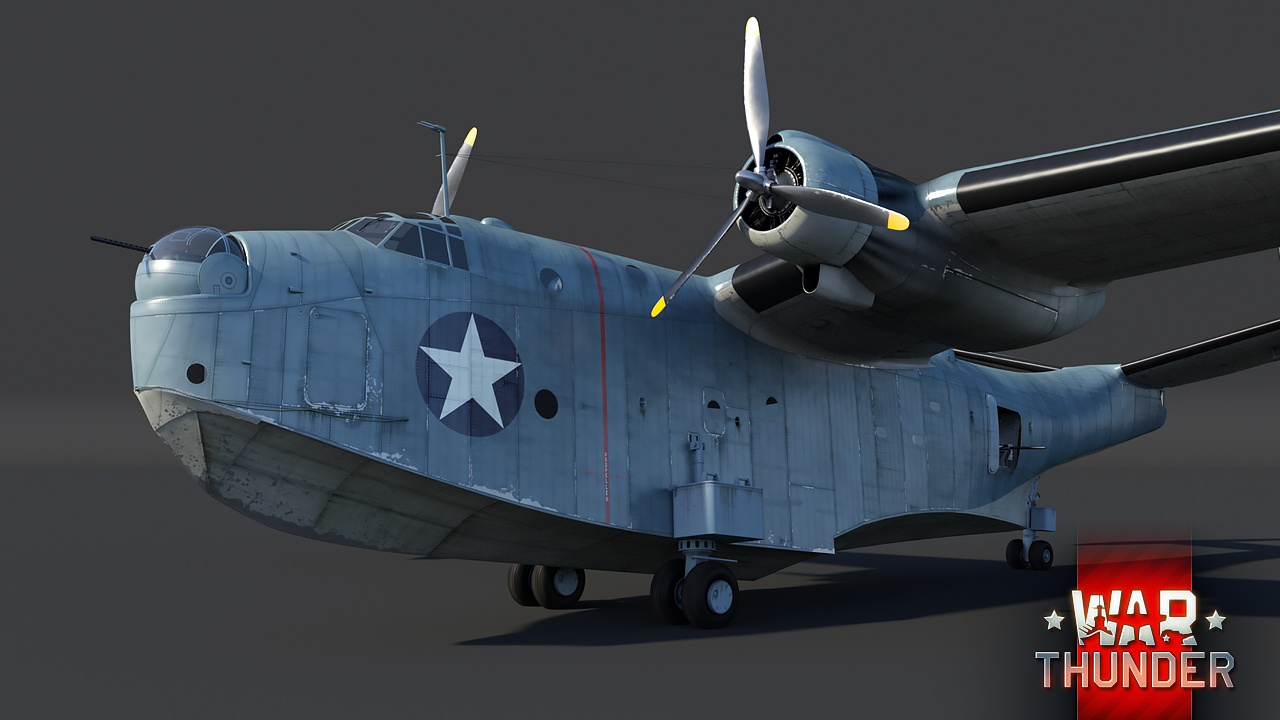
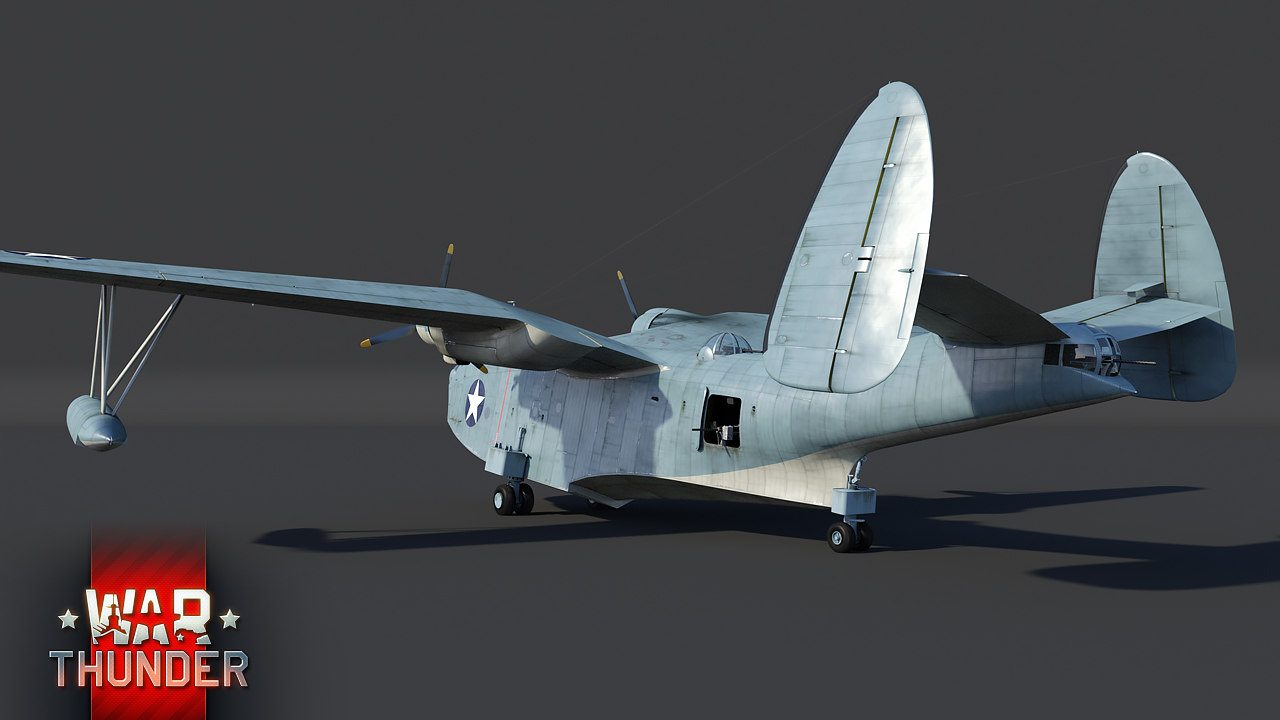
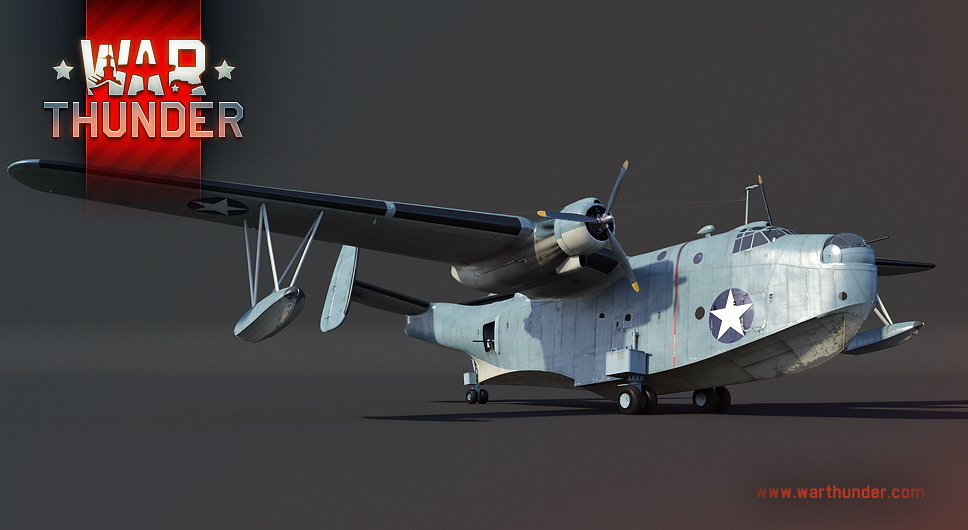
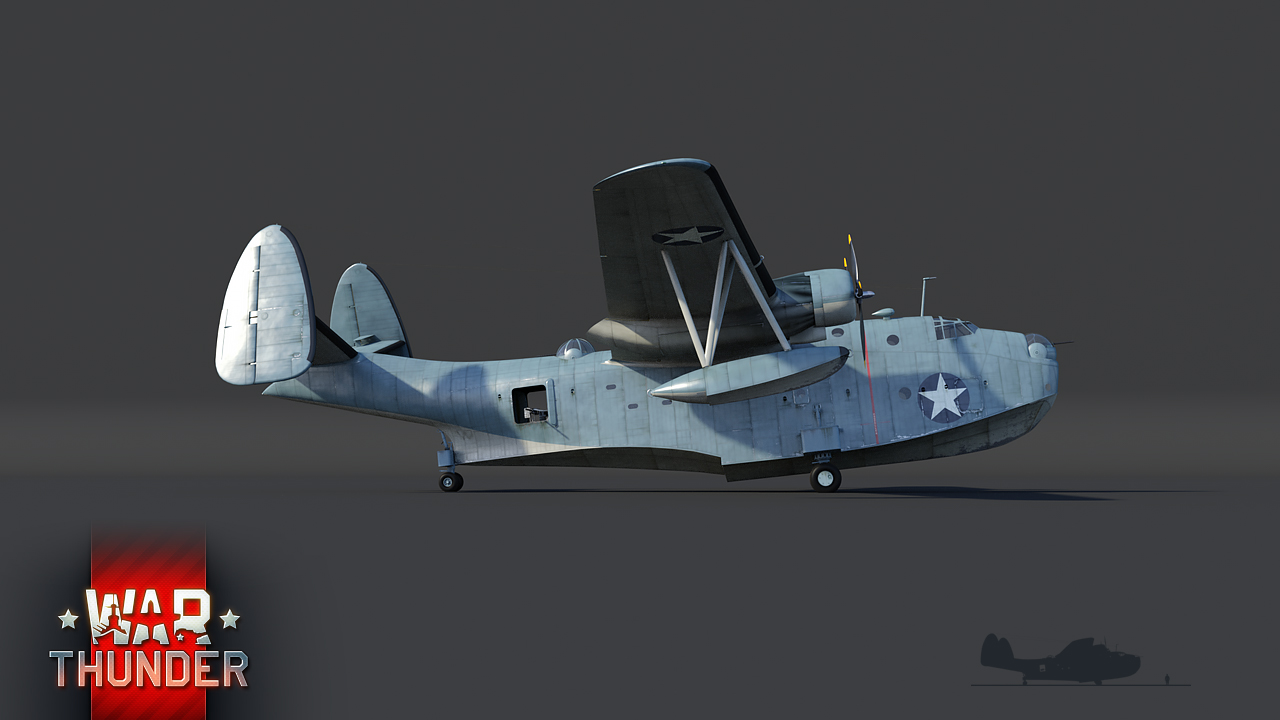

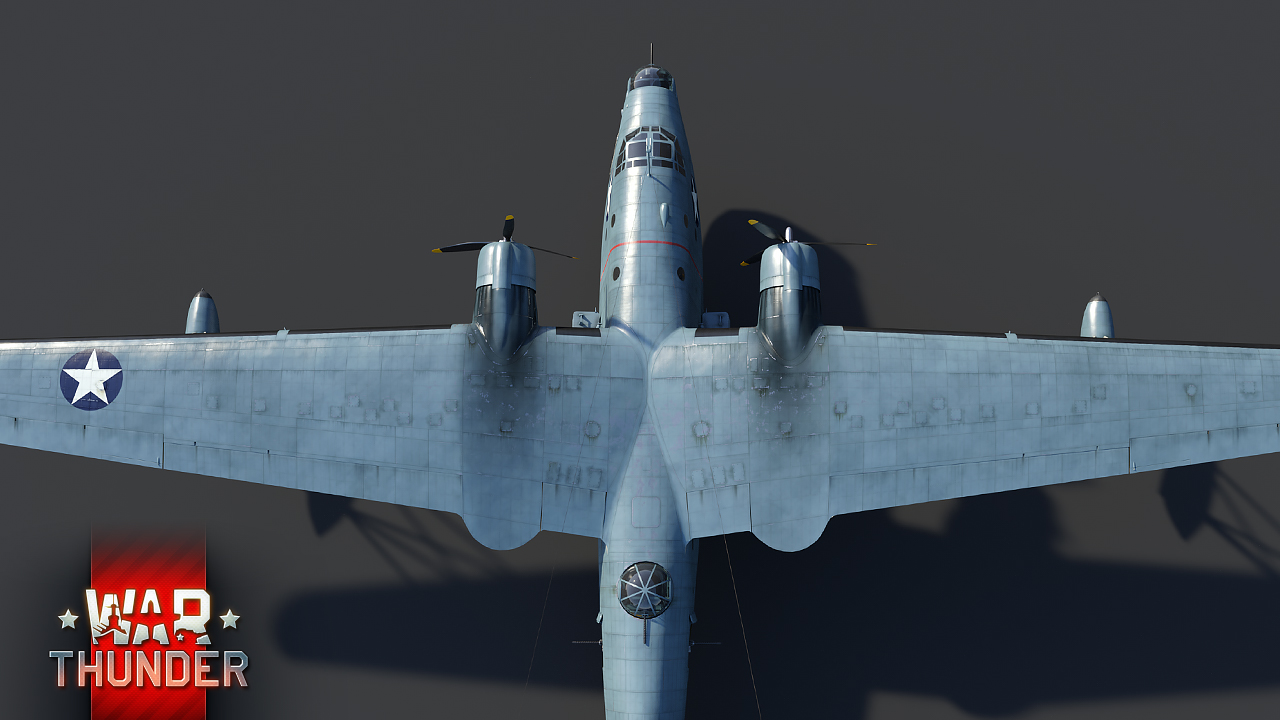
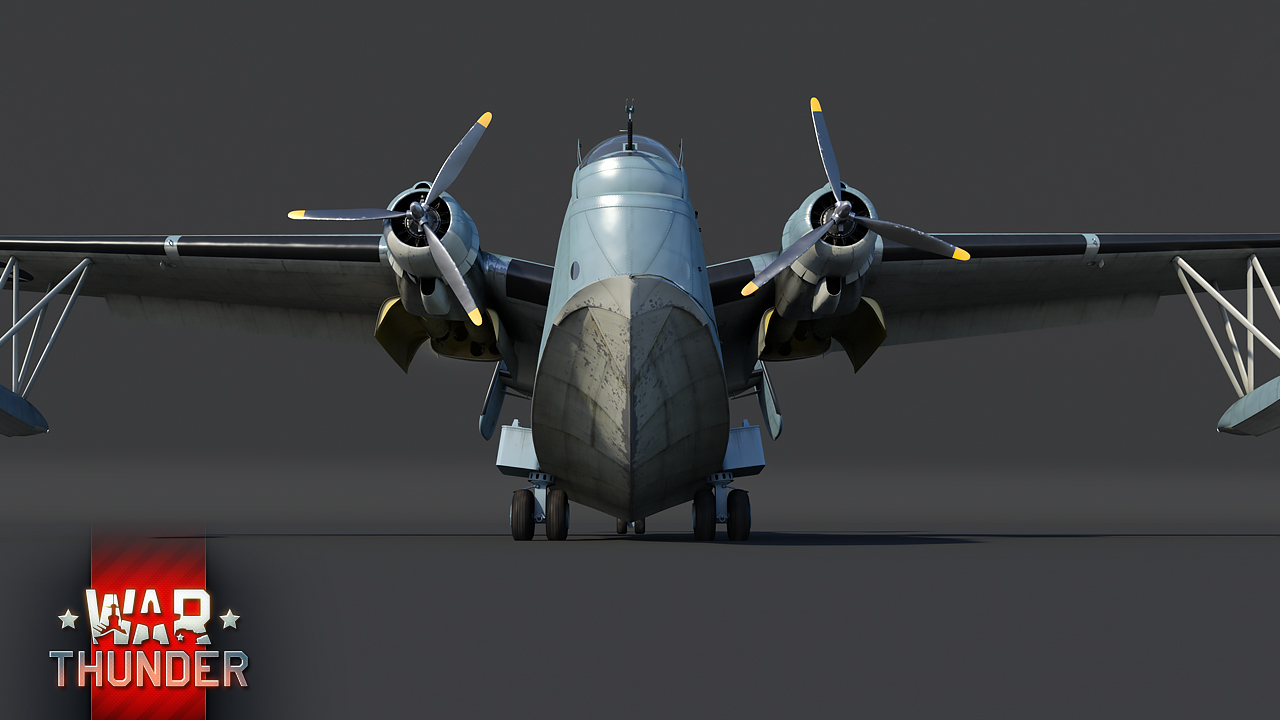
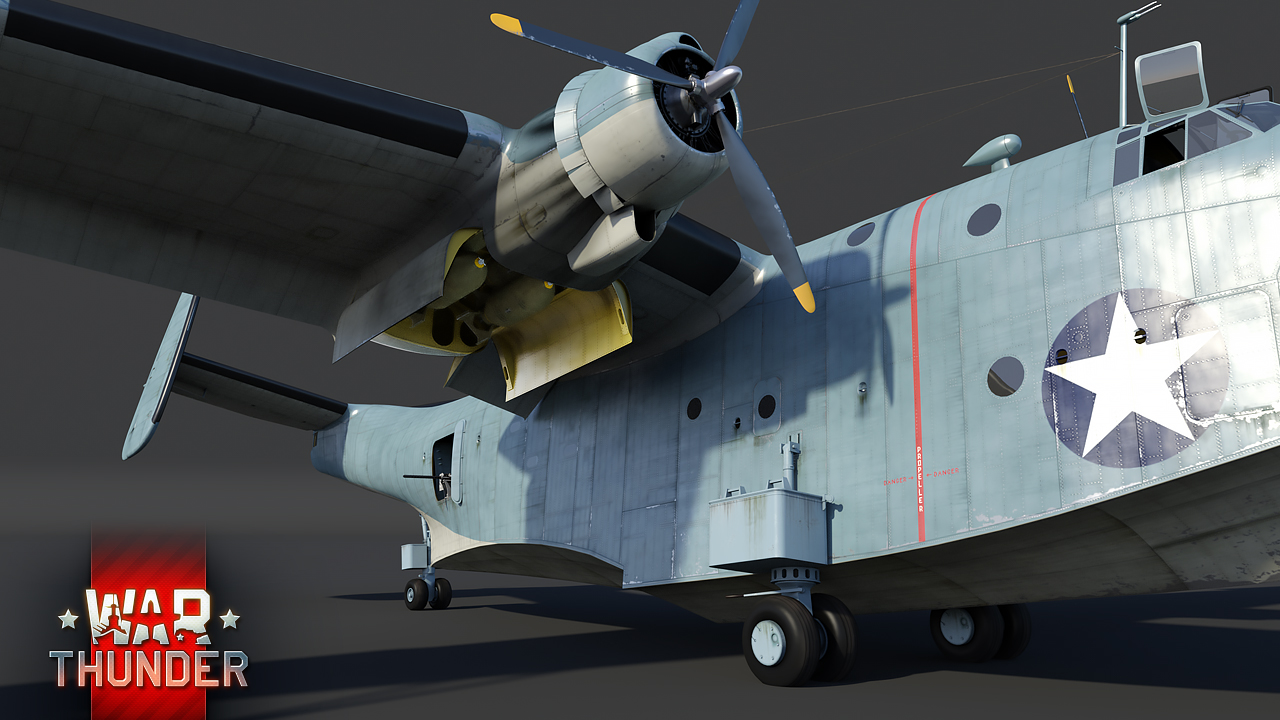
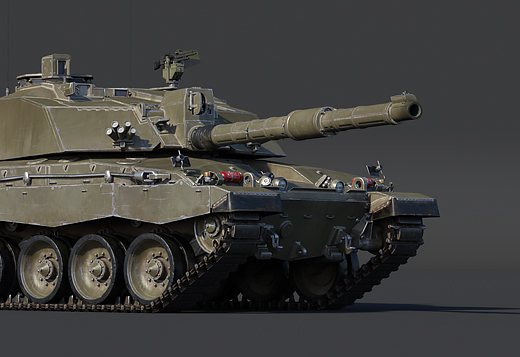
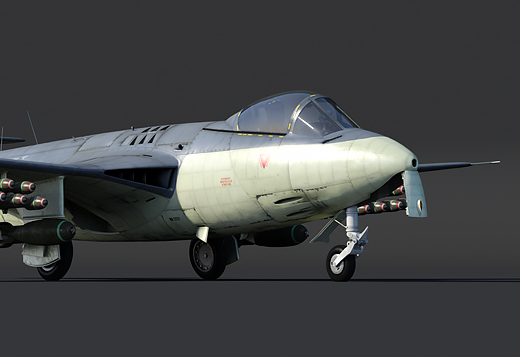




Comments (72)
We need the new DEV of MBT,nobody care this toy...
Nobody cares about MBT's, the grind to get them is way to long, most players dont have anything close to that. WW2-stuff is what most people play and care about. So this is great toy!
Yeah, what T4FR said.
It occurs to me the short shelf life of a large plane in the game. I hesitate to use any bomber since it dies so quickly. Perhaps by flying against similar era vehicles would help-= changing from BR rating game matchups to a vehicle year tiers like : 1941 and earlier- , 1945 and earlier, 1950 and earlier, 1960 and earlier, etc. it may keep a better apples to apples game play for planes and tanks. Many factors change as years progress -- HEAT and ATGM are huge game changers and imbalancer.
"Sturdy Flying boat" one hit tail brake off :)
Those landing gears look like afterthoughts XD
another useless/ free kill bomber...
Big boy!
The OG Be-6
Assuming this is going to be a large patch for vehicle content. I hope we start seeing double devblogs daily now! Please?
Salt_flyer approved! I have been meaning to put a suggestion in for an aircraft spotting mechanic, which would make scout planes and night fighters very important in RB?
Why not? Sounds like a good idea! Better get right to it ;)
Why you can see dots from 20k away if they are in a cloud. have you flown Germany when there's complete cloud cover the game just pinpoints where the poor Bomber Pilots are a sells them out. also you ever get a warning for them teamkill on them poor prop players. I really hop you did #Spit_FlyerTeamkiller
She will be MINE!
Submit a complaint